
Tough-looking faces and flying musicians
Cave Nos. 16-20
Know as the "Five Caves by Tanyao," Cave Nos. 16-20 are the earliest group of grottoes built by Monk Tanyao on Wuzhou Mountain. Each main Buddha statue represents one emperor of the Northern Wei Dynasty (AD 386-534), through to the reign of Emperor Wencheng.
The sitting Buddha in Cave No. 20 is the signature for the Yungang Grottoes, frequently found on postcards and other souvenirs.
The front ceiling of the cave collapsed in early times, leaving the Buddha and the two others at its side in the open air. It has become a popular spot for tourists to take photographs. With a height of 13.75 meters, the Buddha, said to resemble the state founder Emperor Daowu, has a typical look used to represent the strong, tough northern nomads: with a full face; a broad forehead; a high nose bridge; deep narrow eyes; large earlobes; and broad shoulders. This style of figure dominates in early period of the Yungang Grottoes. A strong Indian influence can also be found in the clothing and accessories depicted in the statues and relief sculptures. Buddha often wears a robe over one shoulder, a common style in India. And a seated Buddha at the east side of Cave No. 18 wears a crown decorated with sun-and-moon patterns derived from the Persian Sassanid Empire. A vivid group sculpture of Indian monks also shows the exotic influences from the civilization to the west.
Cave No. 19 creatively set three Buddha statues of the past, present and future in three separate chambers, lending solemnity to surroundings. At 16.8 meters high, sitting Buddha Shakyamuni is the second largest statue in Yungang,
The standing Buddha in Cave No. 18 is based on Emperor Taiwu. His robe is decorated with thousands of Buddhas, implying his regret at persecuting Buddhism.
Emperor Wencheng's likeness is found the No. 16 cave. Unlike his predecessors, he wears a robe covering both shoulders, with a long knot dangling in front. That style resembles the Gandhara-style robe with a deep-V neck that is often seen in mid-period grottoes, and helps indicates these statues were made later.
Cave Nos. 9-13
These five caves are collectively called "Wuhua Caves," - five glorious caves - in recognition of their gorgeous colored paint work in later dynasties over the relief sculptures inside and out.
A peaceful cross-legged Buddha statue sits in Cave No. 13. Holding his left hand in front of his body while resting the other on his knee, the Buddha resembles the fifth ruler of the dynasty, Emperor Xianwen. A stone warrior, said to be his son - the later Emperor Xiaowen - stands on his leg and holds his left arm, both as a support and interesting decorative feature.
Cave No. 12 is also known as "the cave of music and dance" as it houses exquisite colored relief sculptures of flying dancers and musicians. In the top of its north wall are carved 14 flying musicians in striking poses, each playing a traditional Chinese music instrument. These include: the xuan (a round or oval-shaped pottery wind instrument); the guqin (an ancient seven-stringed plucked instrument); the pipa (a vertical plucked stringed instrument); a horizontal bamboo flute; the konghou (an ancient plucked stringed instrument), a waist drum and the paixiao (a vertical bamboo flute). Some of these instruments are only found in ancient writings.
Numerous relief sculptures of such elegant flying musicians and dancers cover the walls and on the vaults over the windows where sunshine streams in, casting its light over the Buddhas.
Shrine sculpture is another highlight in these five caves, varying in styles and Buddha statues. Shrines come in a number of shapes, including arches, tents or pavilions, while Buddhas sit, stand or cross their legs, a kaleidoscopic depiction of reincarnation.


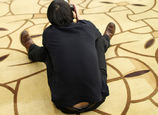
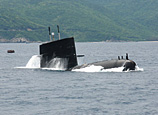
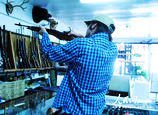
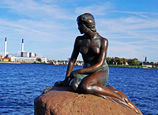


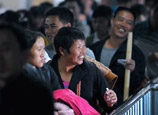

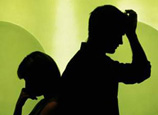
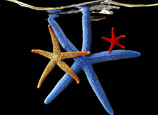






 Photo story: The art of food, the art of life
Photo story: The art of food, the art of life


![]()
